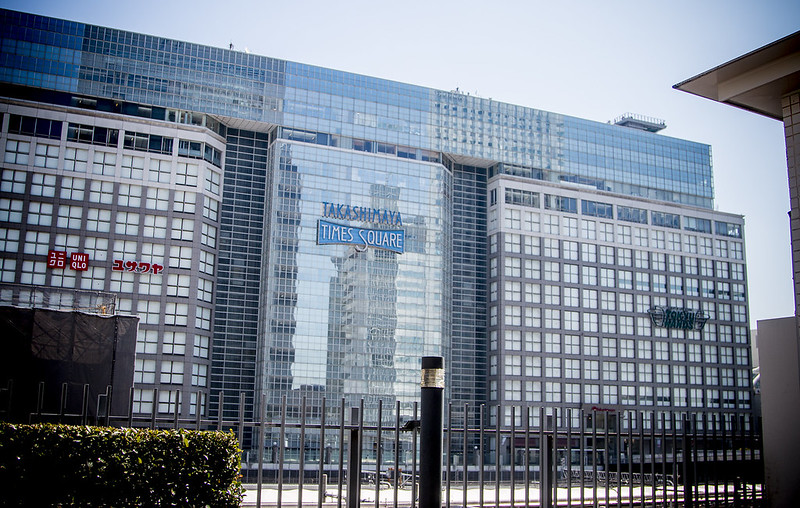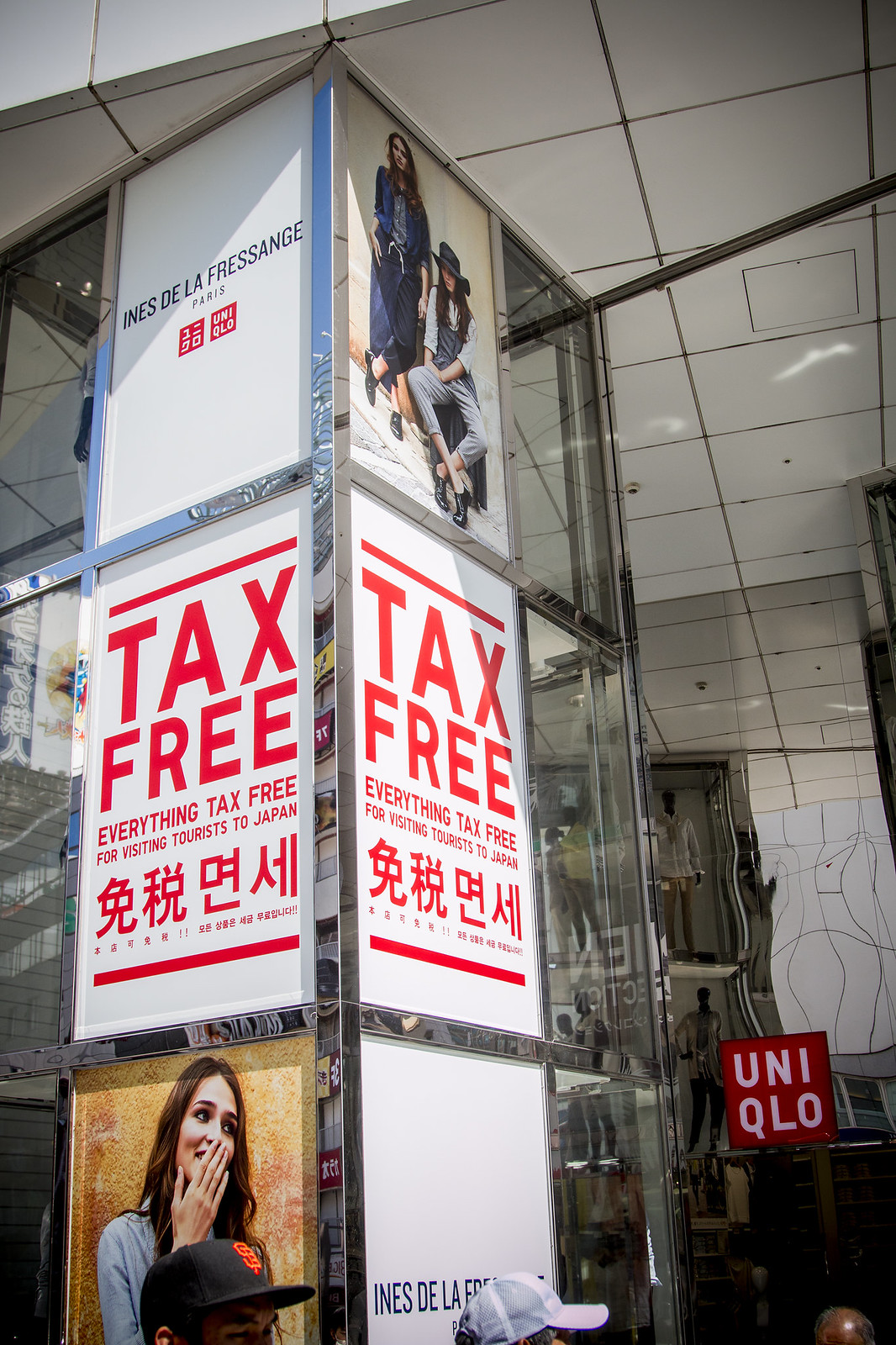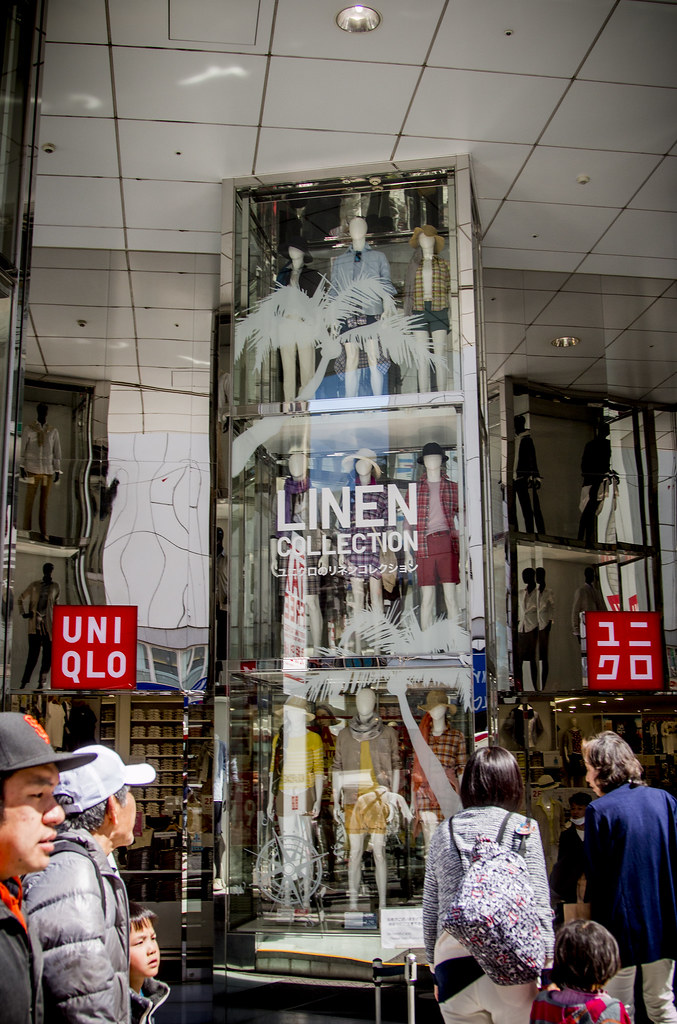Uniqlo has no doubt become one of the popular unisex clothing shops globally.
Back in 1949, In Ube, Yamaguchi, a mens clothing shop operated by Ogori Shoji has been operating in the area.
In 1984, the company wanted to create a unisex casual wear store in Fukuro-Machi, Naka-ku, Hiroshima under the name “Unique Clothing Warehouse” and the brand “uni-clo” was born.
But as the company expanded, in 1988, a staff member who was doing admin work between Hong Kong and Japan accidentally misread the “c” as “q” when registering the brand and thus, instead of “uni-clo”, the company was registered as “uniqlo”.
Chairman, President and CEO Tadashi Yanai would change the names of his stores to “uniqlo” across Japan and years later, there would be over a hundred stores throughout Japan.
In 2005, Fast Retailing Co., Ltd., a public Japanese retail holding company (that owns J Brand, Comptoir des Cotonniers, Theory, to name a few) owned by Tadashi became the parent company of Uniqlo.
And as the stores continue to expand, they have become popular along with other stores like H&M and Forever 21 which sell cool clothes for an affordable price, Uniqlo also does the same.

An example of Uniqlo (in the Takashimaya Times Square Shopping Center)

An example of a Uniqlo at the atre 1 shopping mall in Meguro
And that same year, Uniqlo launched at three malls in new Jersey and a year later in 2006 a the SoHo fashion district of Manhattan.
With stores in the East Coast, Uniqlo would expand to San Francisco in 2012 at San Francisco’s Union Square and in 2014, opened stores in Glendale Galleria and the Northridge Fashion Center.
And literally have opened many stores worldwide. With over 850 stores in Japan, over 325 stores in China, over 125 stores in South Korea, over 60 stores in Taiwan, over 45 stores in the U.S. and many more throughout Asia, Europe and in Australia.


A question I am often asked is if there are any differences between what is sold in Tokyo and in the U.S. at Uniqlo stores. And the truth is yes, there is a difference.
For example, looking at the campaigns in the US. The campaigns are targeted towards fitness and performance wear. Promotional for their collaborations with KAWS, Theory and Hana Tajima Collection.
I tend to look at the t-shirts and in the US there is a big push for Marvel and Star Wars related t-shirts, I Am Other t-shirts and MoMA Special Edition graphic tees and they typically for $15.
While in Japan, the push is for 100 Brands, Mickey Plays, Disney Oswald, LEGO for Uniqlo Kids, Disney Pixar Finding Dory t-shirts and the t-shirts go for about Y790 which is equivalent to $7.72.
Where they are alike is that both Japan and U.S. stores are pushing the AIRism comfort unlimited clothing which sale for $7.90 and have that in common.
Another difference is that the Japanese publication of GQ also showcases Uniqlo through their interviews such as this interview with Origami founder Yoshiki Yasui and sporting Uniqlo jeans.
But overall, every Uniqlo store offers something different and many similar offerings for the season as well.
And with Uniqlo now operating in 14 countries globally and aiming to be the world’s largest specialty retailer of private label apparel, it will be interesting to see if Uniqlo can maintain its strong presence worldwide.

